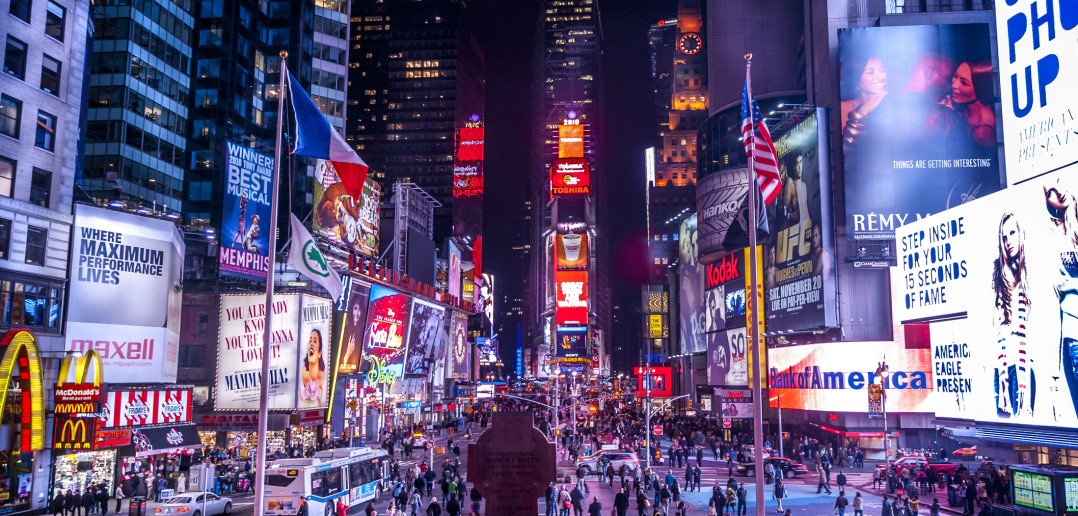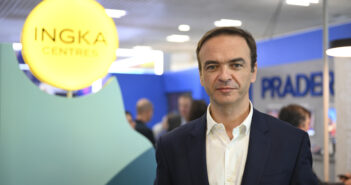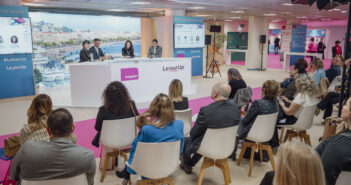If we took a snapshot of the shopping experience a decade ago, it would look something like this: when looking for ideas and inspiration, a shopper would either go online, browse a catalog, or walk the store aisles. When in-store, a shopper would learn more about a product and either head to the cashier or head home to buy online. The point is that a shopper interacted with channels independently. But the rise of mobile has changed this picture. What’s different today is that even though this behavior still happens, shoppers are omni-channel: 6 in 10 internet users start shopping on one device but continue or finish on a different one (1) and 82% of smartphone users say they consult their phones on purchases they’re about to make in a store (2). They get ideas, look up information, and make decisions, all from their smartphone anytime, anywhere.
Another example of the complexity of a customer journey: a consumer clicks on an ad on Google Search then visits the retailer’s website but doesn’t buy anything; then days later he checks the store location in his mobile, drives to the store thanks to Waze then makes an offline purchase.
So now, the retail customer journey is very fragmented, the frontier between online & offline gets blurry. This omni channel path impacts not only the revenue contribution of each channel but also the logistic – in-store and online inventory availability – the price – discounts – and the product – recommendations – you offer.

Mixed use retail and leisure: What happens next? – White Paper
So how do you make sure the shopping experience remains seamless and integrated ?
How do we measure the exact impact of online to offline transactions ?
Below are 3 big challenges retailers are facing in digital mature markets:
- Measurement – They manage a massive amount of data (such as inventory, average basket or geo-targeting data) but how do they leverage them to drive qualified foot traffic into local stores? What about the attribution value of every moment of interaction in the purchasing funnel?
Google has measured 1 billion+ store visits from AdWords ads globally. (3)
- Mobile first – Consumers are mobile and omnichannel so how do we make sure retailers offer a shopping experience fully adapted to a mobile world?
50% of consumers who conduct a local search on their smartphone visit a store within a day and 18% of those searches lead to a purchase. (4)
- Hyper Personalization – Consumers are very exigent, they want hyper personalized offers and recommendations so what kind of easy to use, privacy safe and useful applications retailers can bring to their customers?
4 out of 5 consumers want personalized ads per city, postcode and location area (5)
Google is closely collaborating with retailers and partners around the globe to develop online to store and omnichannel retailing solutions. Together with Mapic, we share the common objective to promote a seamless shopping experience for customers in an omnichannel world.
If you want to hear more about how Google helps retailers and brands to improve their O2O strategies, join us at MAPIC 2016 !
- GOOGLE – HOW TO LEVERAGE ONLINE MARKETING SOLUTIONS TO DRIVE FOOT TRAFFIC & REVENUE?
- GOOGLE – ONLINE MARKETING MANAGEMENT SOLUTIONS FOR FRANCHISE NETWORKS
1 Google/Ipsos Connect, GPS omnibus, U.S. online respondents 18+, n=2,013, Mar. 2016.
2 Google/Ipsos, Consumers in the Micro-Moment, U.S., n=5,398 based on internet users, Mar. 2015.
3 Google Performance Summit, May 2016
4 Google/Ipsos, “Understanding Consumers’ Local Search Behavior” study, United States, May 2014, Survey n=4,500 and Smartphone searches =3,431.
5 Google/Ipsos, “Understanding Consumers’ Local Search Behavior” study, United States, May 2014, Survey n=4,500 and Smartphone searches =3,431.



